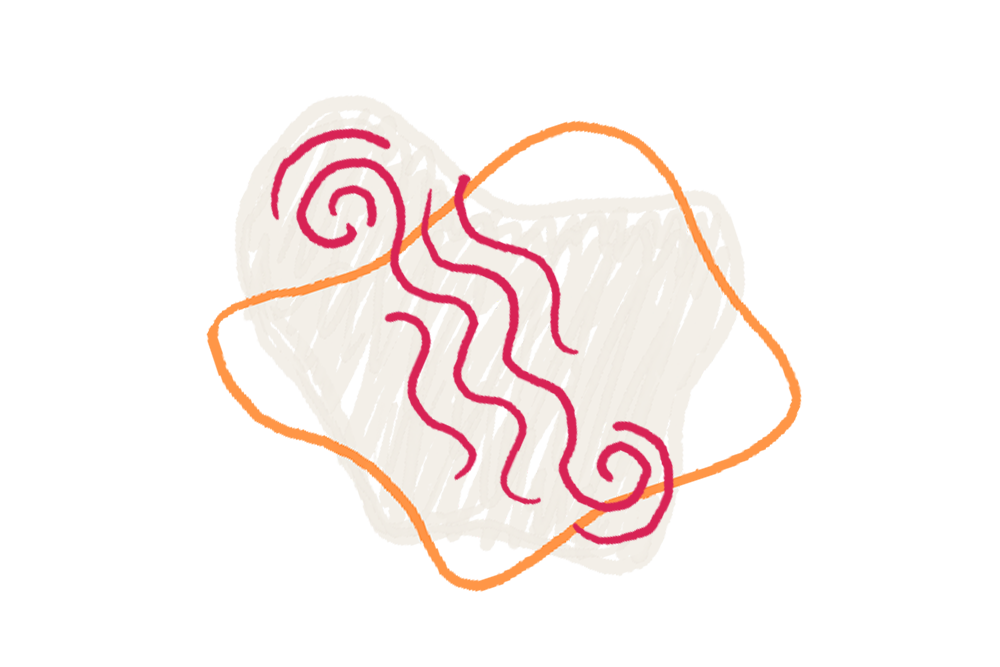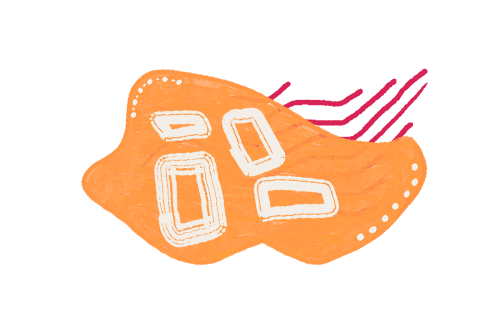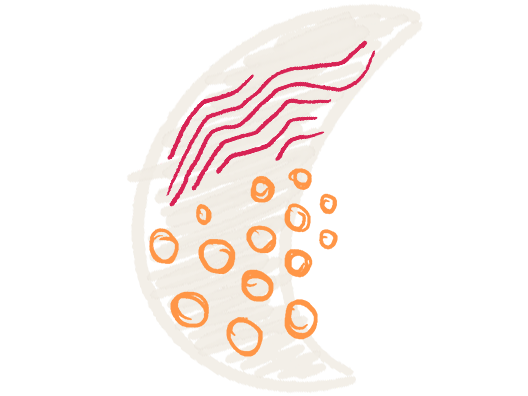Language touches every area of our lives. Words can gift hope and faith. Or they can start wars. There is no denying that language can mean life or death. Especially when it comes to the medical industry. Mistranslation of medical terminology, treatments, or a patient’s history is extremely dangerous. The pharmaceutical packaging market in particular has rapidly growing translation needs. By 2025, it’s estimated that the pharmaceutical packaging market will be worth $128 billion. For comparison’s sake, as of 2015, the market’s worth was almost $69 billion.
Where is Growth Coming From?

Why such a large increase in growth? To start, there is an increased global demand for medication in emerging economies. Combine that fact with an aging population, increase in chronic diseases, antimicrobial resistance, and strict medical regulations. The Latin American market alone is anticipated to experience a Compounded Annual Growth Rate (CAGR) of 6.51% by 2022.
Where Translation Comes Into Play
Pharmaceutical packaging translation may not be an immediately apparent need. But when broken down, the amount of translation required is substantial. Not only do pharmaceutical labels require translation, but so do those hefty leaflets that come in the packing. All packages must include information on a pharmaceutical’s name, strength, and form. Each will also contain a statement of active substances per dosage. As well as the method and route of administration. And of course, a warning to keep the product out of the reach of children.
All applicable warnings must be included, alongside the:

- Expiration date
- Special storage requirements
- Batch number
- Authorization number
- Disposal guidance
- Contact information for the marketing authorization holder
- Product’s name in braille
All of the above information must be written in the official languages of the country where the product is sold. Similar to medical devices, pharmaceutical products are regulated in most countries. Each has its own set of specific rules.
Canada is a prime example of what to expect when distributing pharmaceuticals in a country that has more than one national language. Because they have two official languages, English and French, pharmaceutical packaging translation is required to ensure both languages are present on the required materials. Even if the drug is available for sale without a prescription, such as over-the-counter allergy medication. The EU requires Member States to make official languages clearly legible on packaging leaflets. In the EU, companies must comply with any guidelines enforced by the European Medicines Agency (EMA) and its Committee for Human Medicinal Products (CHMP), as well as abide by any local regulations.
Pharmaceutical Packaging Translation Solutions
Pharmaceutical packaging translation requires a professional native-speaking translator with medical translation experience and knowledge. Word-for-word translations aren’t sufficient for medical translations. They require complete comprehension of the subject matter. As well as the ability to communicate the true meaning of the text. Which is why it’s important to utilize specialist native translators who have the cultural and linguistic experience required to properly translate pharmaceutical packaging.

These types of translators are more in demand than ever due to the large number of pharmaceuticals shipped across countries and continents. Not only does proper translation enhance a patient’s safety, but it helps maintain compliance with any country-specific regulatory requirements.
In order to accommodate multiple languages on packages, you can consider utilizing modern labeling techniques that allow more space for multiple translations of vital information. There are tools available that allow you to print multiple languages on one label. Because the label wraps around the prescription bottle multiple times, it can replace a standard adhesive label without negatively affecting legibility, packaging size, or appearance.









